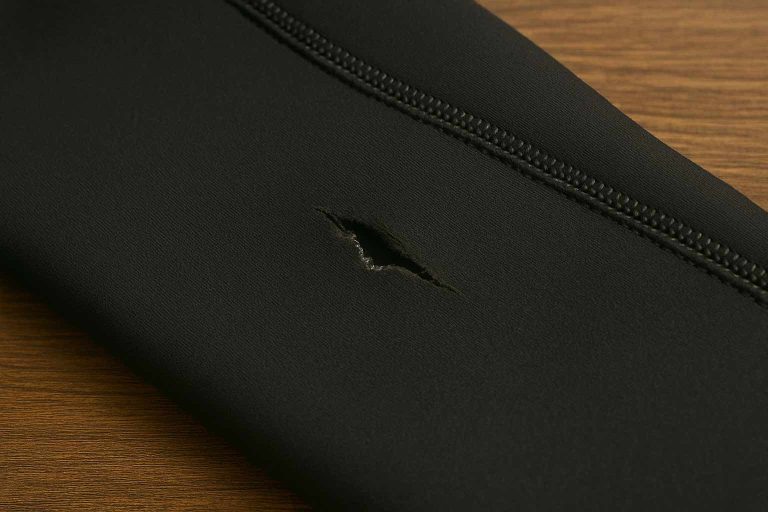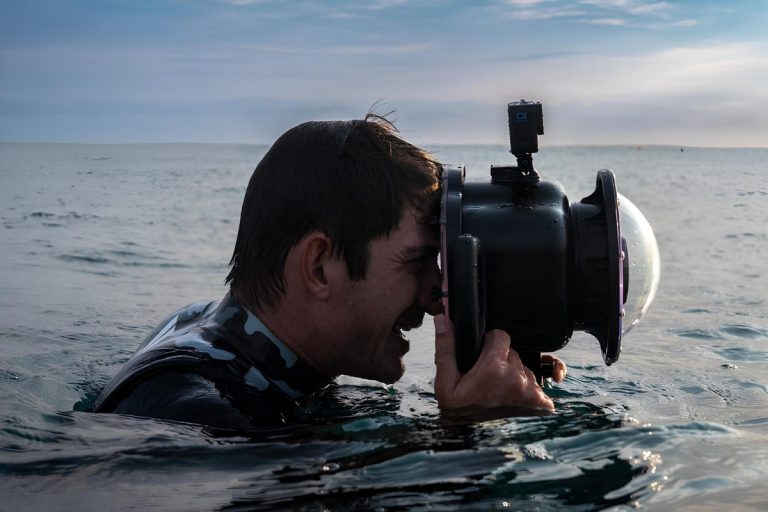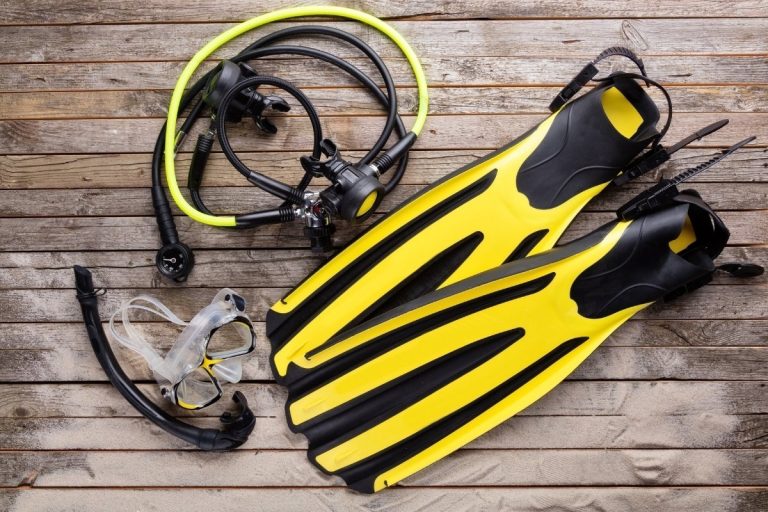Understanding Your Dive Computer’s Needs
Your dive computer is more than just a fancy gadget strapped to your wrist. It’s your underwater lifeline, tracking depth, time, and decompression limits while you explore the depths. Like any precision instrument, it needs regular attention to perform reliably when your safety depends on it.
Modern dive computers are remarkably robust, designed to withstand the harsh marine environment. However, saltwater, sand, and pressure changes can take their toll over time. The good news is that proper maintenance doesn’t require technical expertise or expensive tools. Most care routines involve simple steps you can easily incorporate into your post-dive routine.
Think of maintenance as an investment in your diving future. A well-maintained computer will serve you faithfully for years, providing accurate readings and reliable performance. Neglect it, and you might find yourself dealing with fogged displays, corroded contacts, or worse, complete failure during a critical moment underwater. The difference between a computer that lasts two years versus ten often comes down to how well you treat it between dives.
Why Regular Care Matters More Than You Think
Regular maintenance isn’t just about keeping your dive computer looking good. It’s about ensuring the device functions accurately when your safety depends on it. Saltwater is particularly corrosive, and even small amounts left on contacts or seals can cause significant damage over time.
Consider the electronic components inside your computer. These delicate circuits are protected by seals and gaskets that can degrade if not properly maintained. When these barriers fail, water intrusion becomes a real risk. Even moisture that doesn’t cause immediate failure can lead to internal corrosion, affecting sensor accuracy and shortening the device’s lifespan.
Battery performance also depends heavily on maintenance. Corroded contacts reduce power efficiency and can cause erratic behavior. Clean contacts ensure optimal power transfer, helping your battery last longer and perform more consistently. This becomes especially important during multi-day dive trips where reliable power is crucial.
The cost of replacement far exceeds the minimal effort required for maintenance. Premium dive computers can cost hundreds or even thousands of dollars. Spending a few minutes after each dive session protecting this investment makes perfect financial sense. Regular care also maintains warranty coverage, as many manufacturers void warranties for damage caused by improper maintenance.
Proper Cleaning Techniques That Actually Work
The Right Way to Clean Your Computer
Start your cleaning routine immediately after your diving session ends. Fresh water rinse is your first and most important step. Use clean, fresh water to thoroughly rinse all surfaces, paying special attention to buttons, seals, and contact points. Don’t just give it a quick splash; take time to ensure all salt residue is removed.
For stubborn salt deposits, use a soft-bristled toothbrush with mild soap. Gently scrub around buttons and crevices where salt tends to accumulate. Avoid harsh detergents or abrasive cleaners that might damage seals or screen coatings. A few drops of mild dish soap in fresh water creates an effective cleaning solution that won’t harm your computer’s materials.
After washing, dry your computer thoroughly with a clean, lint-free cloth. Pay attention to areas where water might pool, such as around the band attachment points or button recesses. Proper drying prevents water spots and reduces the risk of trapped moisture causing problems later.
How Often Should You Clean
Your cleaning schedule should match your diving frequency and conditions. After every saltwater dive, regardless of duration, give your computer a thorough fresh water rinse and basic cleaning. This simple step prevents salt buildup and keeps seals in good condition.
For pool or freshwater diving, you can be slightly less aggressive with cleaning frequency. However, chlorinated pool water can be just as damaging as saltwater, so don’t skip the rinse entirely. A quick fresh water rinse after pool sessions helps remove chlorine residue that can degrade rubber seals over time.
Weekly deep cleaning makes sense for active divers. This involves more thorough inspection of seals, careful cleaning of all surfaces, and checking for any signs of wear or damage. Monthly cleaning suffices for occasional divers, but don’t let your computer sit dirty for extended periods between dive trips.
Mistakes That Could Ruin Your Investment
Never use high-pressure water to clean your dive computer. Garden hoses on full blast or pressure washers can force water past seals, causing internal damage. Gentle water flow from a faucet or dive bucket provides sufficient cleaning power without risking seal integrity.
Avoid harsh chemicals like bleach, ammonia, or petroleum-based solvents. These substances can degrade rubber seals, damage plastic components, or remove protective coatings from the display. Stick to mild soaps specifically designed for diving equipment or simple dish soap diluted in water.
Don’t forget about the strap or band. Many divers focus on the computer body while ignoring the strap, which can harbor bacteria and salt deposits. Clean fabric and rubber straps regularly, and consider having spare straps for rotation. Metal bracelets need special attention to prevent corrosion in the links and adjustment mechanisms.
Temperature extremes during cleaning can cause problems too. Don’t rinse your computer with hot water immediately after a cold dive, as rapid temperature changes can stress seals and internal components. Room temperature water works best for all cleaning situations.
Frequently Asked Questions
Why is regular maintenance important for dive computers?
Regular maintenance ensures that the dive computer functions accurately and reliably, preventing issues like corrosion and internal damage that can arise from neglect.
How should I clean my dive computer after a dive?
Rinse your dive computer with fresh water immediately after diving, focusing on buttons, seals, and contact points. Use a soft-bristled toothbrush with mild soap for stubborn salt deposits.
How often should I perform maintenance on my dive computer?
After every saltwater dive, perform a thorough rinse. Weekly deep cleaning is recommended for active divers, while monthly cleaning is sufficient for occasional divers.
What common mistakes should I avoid when cleaning my dive computer?
Avoid using high-pressure water, harsh chemicals, and extreme temperatures, as these can damage seals and components. Also, don’t neglect cleaning the strap or band.
What are the consequences of neglecting dive computer maintenance?
Neglecting maintenance can lead to fogged displays, corroded contacts, inaccurate readings, and potentially complete failure during dives.
Invest in Your Safety Underwater
Maintaining your dive computer is not just about prolonging its life; it’s a crucial aspect of ensuring your safety while diving. By adopting simple cleaning and maintenance routines, you can protect your investment and enjoy worry-free dives for years to come.





